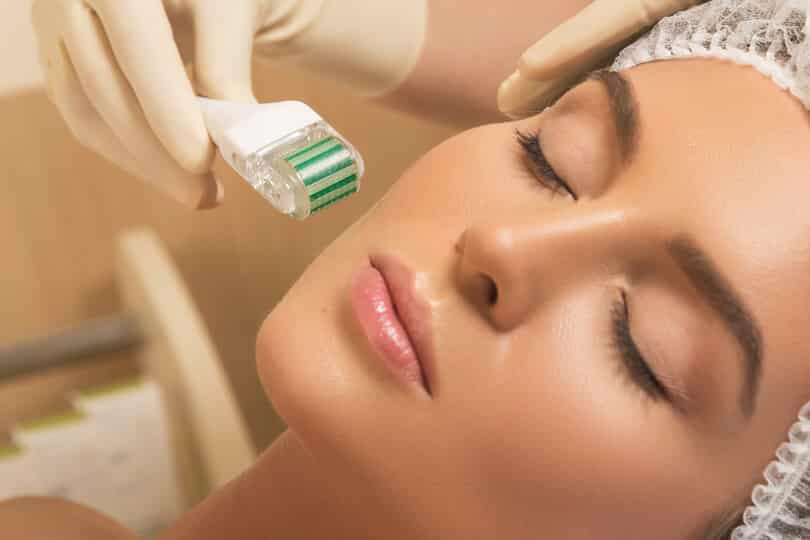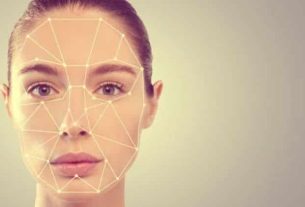Microneedling is the ideal aesthetic procedure for those who want to eliminate blemishes, scars and annoying wrinkles on their body.
Certain blemishes and scars on the skin are serious enough to require treatment that goes beyond a skin care routine. Nowadays, there are several options offered in the field of dermatology. In this sense, microneedling is one of the best choices for those who want to get rid of scars, acne spots, wrinkles and even expression lines. Although its area of activity seems too large, what is microneedling really for?
The treatment is also known as Percutaneous Needle Induction of Collagen, or IPCA. Using a device similar to a roller, full of microneedles, the skin is stimulated naturally. Thus, new collagen fibers can appear, something that gives new firmness and support to the skin.
Microneedling works in 2 ways: both through the manual device, the Dermaroller, and through the automatic device, the DermaPen. It is important to keep in mind that the treatment can cause pain and discomfort due to the needles and the thickness required. However, in this case, an anesthetic ointment is applied before anything else.
Check out everything you need to know about what microneedling is for below. Also learn about the areas in which the treatment works, its benefits and contraindications.
What is microneedling for?

The microneedling technique has several approaches. In this sense, however, they are all aesthetic. It offers great results in an attempt to reduce marks on the face, all those that cause so-called skin aging. They are: acne scars, stretch marks, baldness, sagging and dark spots in general. Through small perforations, which cause a controlled injury, the collagen is stimulated and restores the damage caused by the device, as well as the previous one.
All of this happens because of the body’s natural healing process. In other words: despite having contraindications, microneedling is not a dangerous procedure. After all, the idea of piercing your face with microneedles can be quite scary. However, in the case of any bleeding cut, blood clotting, or hemostasis, begins. The same thing happens in technique.
Days after the procedure, the inflammatory phase begins. Now, leukocytes clean the injured region, removing bacteria and waste from the tissue in phagocytosis. Finally, the capillaries proliferate, which causes the blood to circulate better and more intensely. Thus, the region affected by microneedling receives oxygen and nutrients. The process is nothing more than taking advantage of a completely natural reaction of the body.
How it works
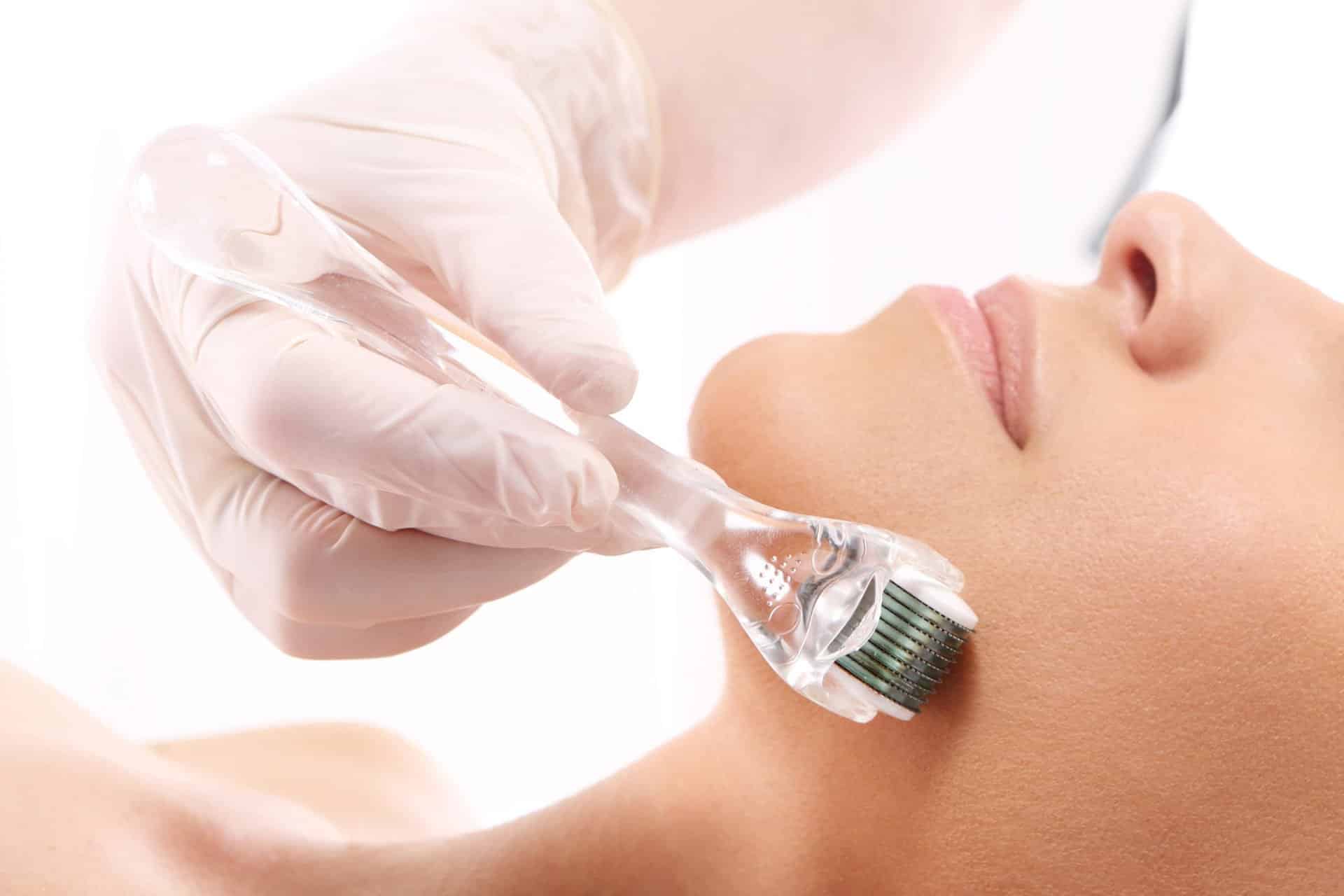
The IPCA procedure takes place using different techniques. It all depends on the approach of the professional responsible for the treatment. Typically, rollers are used to support the needles, or automatic equipment that regulates how deep they go, along with radio frequency.
Despite what it may seem, everything is minimally invasive and still involves applying anesthetic cream to the region. However, in surgical form, it is even more intense. In this sense, the patient will be completely anesthetized, to ensure greater comfort. The needles are made of surgical steel or titanium, arranged in a pen or dermaroller. Back and forth movements are made across the entire area of the skin being treated, from 1 to 15 passes in one place, with 4 crossings each.
Microneedling results

It is possible to notice the differences in the treatment in the skin around 2 to 3 months after all sessions have been completed, as soon as the new collagen begins to mature. However, even after 2 or 4 sessions, an improvement of up to 80% can be seen. The number of sessions needed, however, depends on the problem being treated and your doctor’s recommendations. As a result, you will get:
- Reduction of blemishes;
- Reduction of stretch marks;
- Fewer expression wrinkles;
- Stimulation of collagen production;
- Better absorption of products into the skin;
- Scar restoration.
How to do microneedling at home?
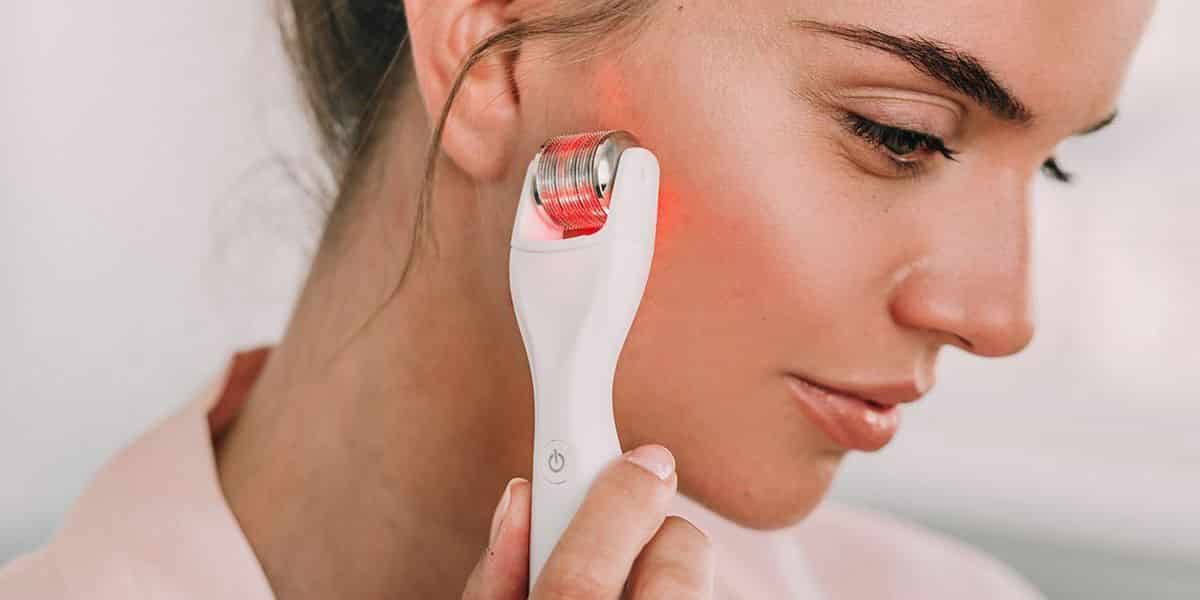
Did you know that it is even possible to do the procedure at home? In this case, the equipment must have needles of only 0.3 or 0.5 mm. Furthermore, nothing should be done without the permission of a specialist, so that any side effects can be avoided. Check out the steps below:
- Disinfect the skin well by washing appropriately;
- Then, apply a good layer of anesthetic ointment to the area where the roller will be applied, leaving it to act for up to 30 to 40 minutes if your skin is very sensitive;
- Completely remove the anesthetic;
- Pass the roller with the needles across the entire face, both horizontally, vertically and diagonally. There are, in total, 15 or 20 passes. Start with the forehead, then move on to the chin and, finally, the most sensitive areas, such as the cheeks and the area close to the eyes;
- After that, clean your face again, with cotton and saline solution;
- Finally, apply a cream or serum suited to your needs. Remember to wash your face with cold water or thermal water, so that the skin is less irritated, also applying a healing lotion rich in vitamin A.
Essential care with microneedling
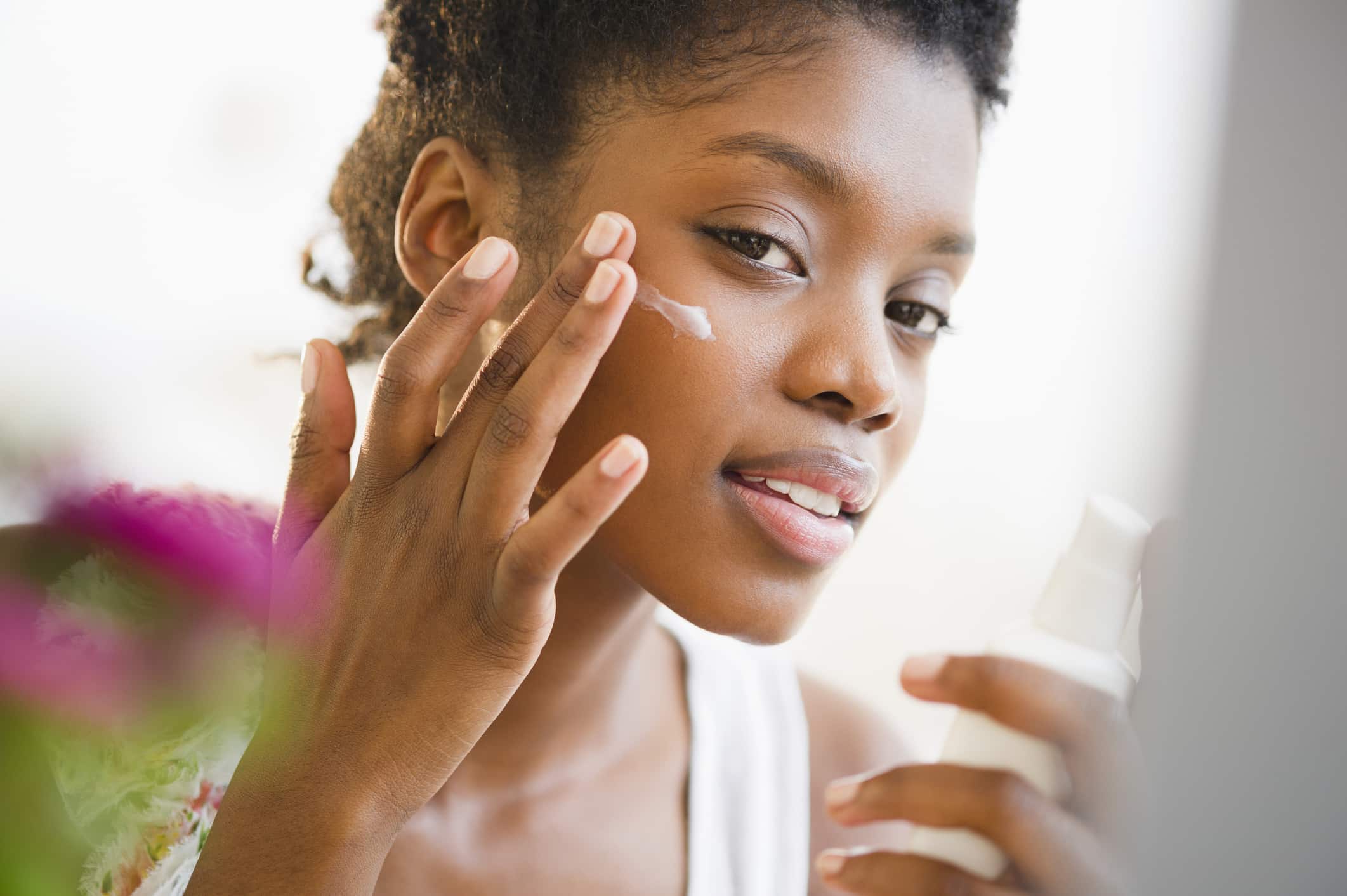
In order for the effects of the treatment to last for a long time, it is possible to take some important precautions. In this sense, creating healthy habits for your skin even improves results. Using moisturizer and sunscreen regularly, for example, as well as creams that lighten blemishes, can change a lot. But above all, follow the specialist’s recommendations exactly.
Furthermore, it is essential that the skin is very clean during the days before the procedure, as well as avoiding wearing makeup for at least 24 hours before and after. Sun exposure should be reduced 3 to 5 days after treatment, which is while the inflammatory process is still active. Using vitamin C can also help a lot, as it improves collagen production.
Contraindications

There are some situations that mean that the treatment that microneedling is used for is not recommended. In this sense, it is essential to consult a dermatologist before making any decision. Therefore, it is important to avoid the Dermaroller in cases such as:
- Cold sore infection;
- History of allergies to anesthetic ointments;
- Very severe acne, with many pimples and blackheads;
- Uncontrolled diabetes mellitus;
- Autoimmune disease;
- Frequent use of anticoagulant medications, such as aspirin or heparin;
- Treatment with chemotherapy or radiotherapy;
- Skin cancer.
So, what did you think of this article about what microneedling is for? If you are interested, also take the opportunity to read Holes on the face – Prevention and treatments for removal
Sources: Tua Saúde, Luciana Pepino, Clínica Forster, Dermaclub
Images: Gazeta do Povo, Claudia, Daniel Rufatto, Medium, Clínica Forster, Cidade Oferta, Onodera

Sign up for our newsletter and stay up to date with exclusive news
that can transform your routine!
Warning: Undefined array key "title" in /home/storelat/public_html/wp-content/plugins/link-whisper-premium/templates/frontend/related-posts.php on line 12
Warning: Undefined array key "title_tag" in /home/storelat/public_html/wp-content/plugins/link-whisper-premium/templates/frontend/related-posts.php on line 13

